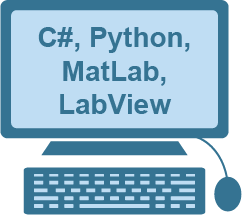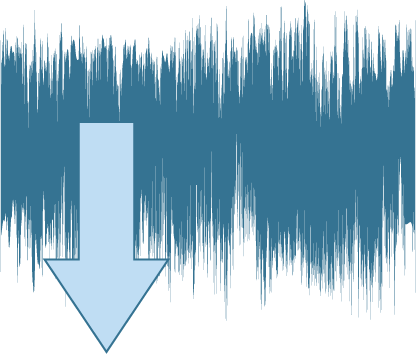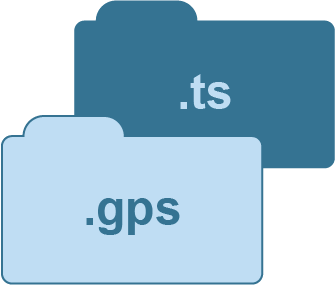CI Data File Reader
Read CI Measurement Data directly by integrating the free CI Data File Reader API into your software using C#, Python, Matlab, or Labview.
 |
The CI Data File Reader consists of 2 Windows Dynamic-Linked Libraries (DLL) providing third-party applications an interface to access CI Measurement Data stored in ASAM Transport Format XML (ATFX) files. Users can easily view and export data. |
|---|---|
 |
ATFX files are formatted according to the Association for Standardization of Automation and Measuring Systems (ASAM) Open Data Services (ODS) standardization. This is a standard dedicated for storing vibration data and its different forms. CI software natively stores its data using the ATFX format, for both signals and recordings. For details about the ATFX ODS format please refer to the official website: https://www.asam.net/standards/detail/ods/wiki/ |
 |
The .atfx files are xml-based files which store signal data including recording properties and time recorded, length of recording, number of channels, channel parameters (e.g., input channel sensor and sensitivities), geographic coordinates, sampling rate, high pass filter, etc. |
 |
The .aftx file references 2 additional file types that contain raw data: .ts and .gps. The .ts file is a TimeStamp recording that contains an accurate measure of when a recording was saved with accuracy down to nanoseconds. The .gps file contains locational data of where a recording was saved (e.g., latitude, longitude, altitude). |
 |
The CI Data File Reader API provides end-users with a streamlined file reading and browsing library to decode ATFX, TS and GPS files. Users can integrate the CI Data File Reader API with their own custom developed application. Currently, we support Windows-based programs, ideally written in C#. The CI Data File Reader API also supports Python, MatLab and LabView. |
 |
The CI Data File Reader can read signals such as time or frequency in engineering units (EU) and Acceleration m/s2 to g. The CI Data File Reader can also read frequency domain signals in other spectrum types, such as EUrms to EUPeak. These functions are accomplished using the signal function GetFrame where users can pass in parameters to return a converted signal frame data saved in the ATFX file. |
Featured articles:
Click to watch overview video.








